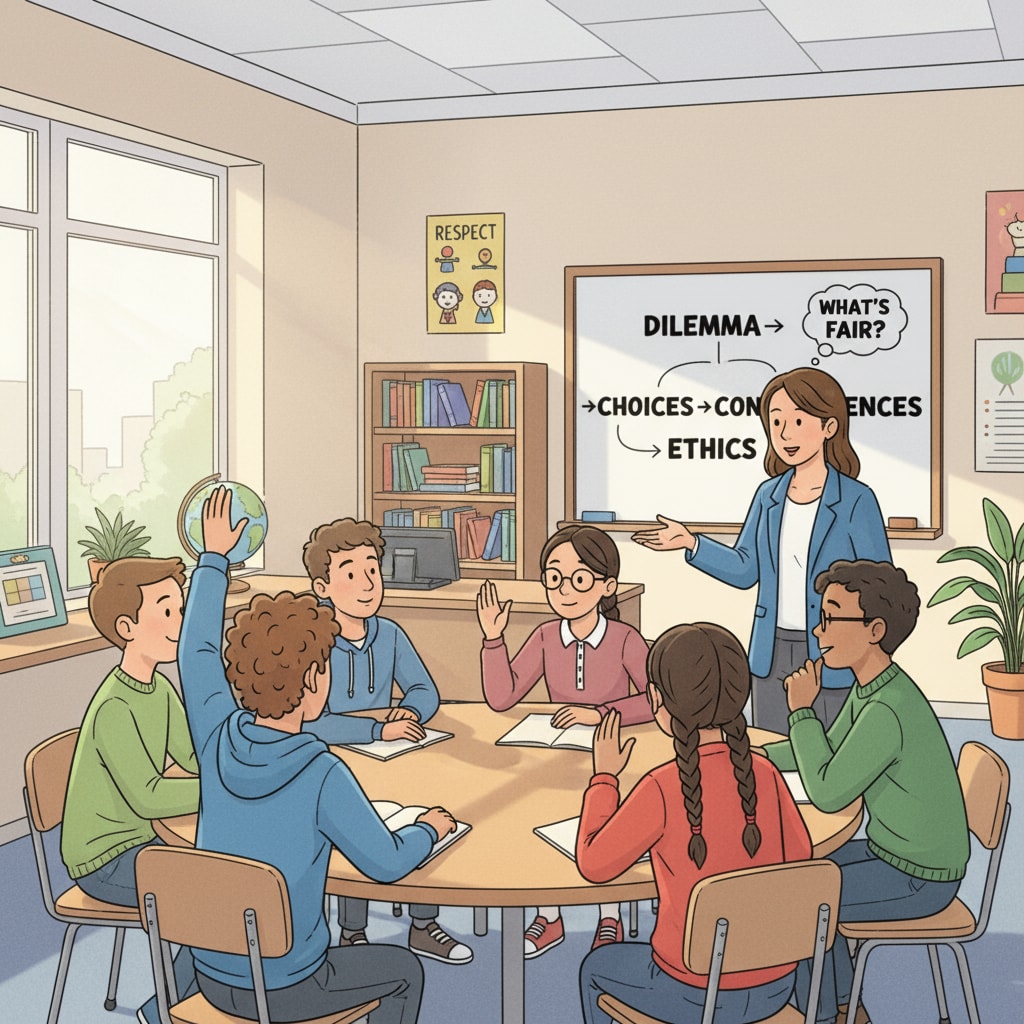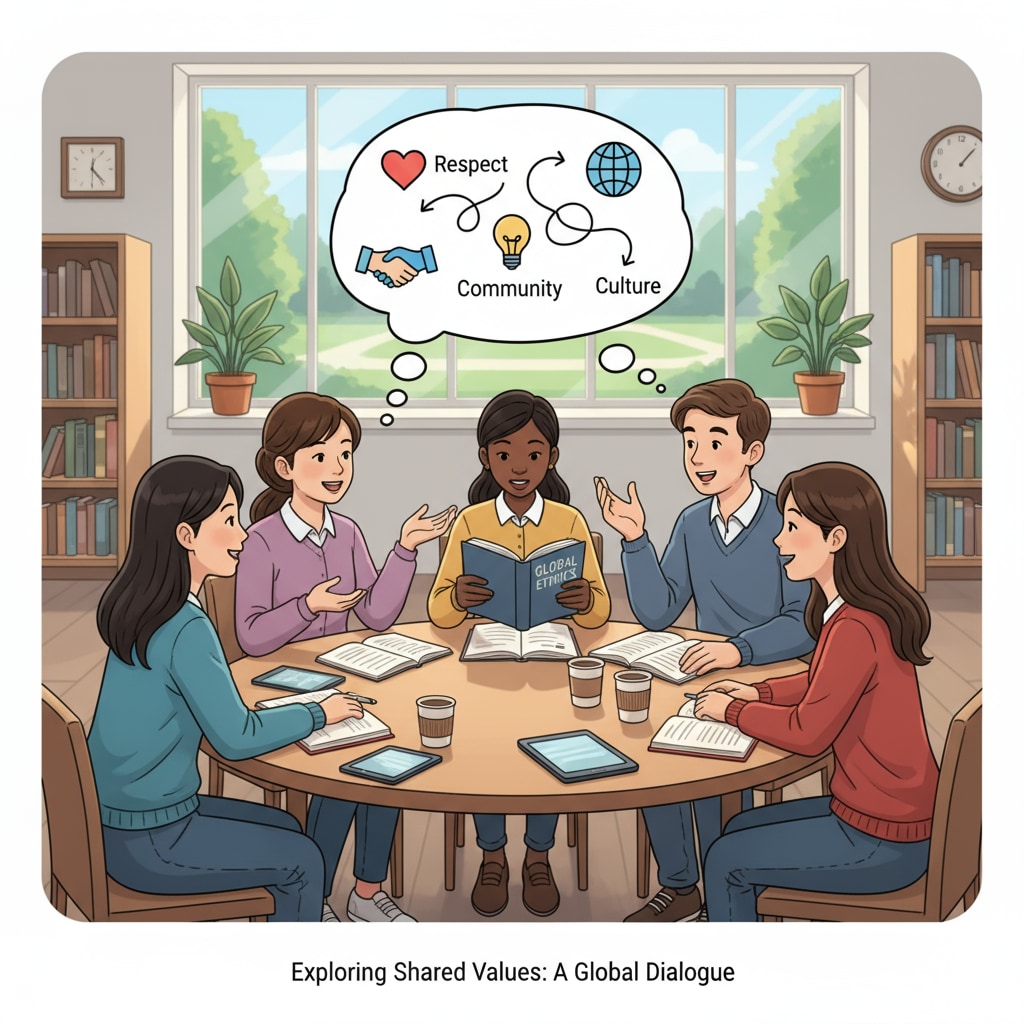In an era marked by moral relativism, common values are eroding, leading to social division. The K12 education system now stands at a crucial juncture, facing the challenge of instilling moral judgment and a sense of shared values in students.

As society becomes more diverse, the idea of a single, shared moral standard is being questioned. This has profound implications for how we educate the next generation.
The Rise of Moral Relativism
Moral relativism posits that moral judgments are not absolute but rather depend on cultural, social, or individual perspectives ( Moral Relativism on Wikipedia). In today’s globalized world, we are exposed to a plethora of cultures and beliefs. This exposure has led many to believe that there is no one “right” way of doing things morally. For example, what may be considered acceptable in one culture might be taboo in another. As a result, students are growing up in an environment where moral guidelines seem ambiguous.

The Erosion of Common Values
The concept of common values, those principles that a society widely accepts, is under threat. With the spread of moral relativism, people are less likely to agree on fundamental moral issues. This lack of agreement can lead to social division. When individuals do not share common values, it becomes difficult to build a cohesive society. In K12 education, this poses a significant problem as schools have traditionally played a role in transmitting common values. However, in this new landscape, educators are struggling to define what these common values should be.
K12 Education’s Role in Bridging the Gap
K12 education has a vital role to play in addressing moral relativism, common values, and social division. Firstly, schools can promote critical thinking. By teaching students to analyze moral issues from different perspectives, they can develop their own moral judgment. Secondly, educators can create opportunities for students to engage in discussions about values. Through these discussions, students can learn to respect different viewpoints while also seeking areas of agreement. Additionally, schools can incorporate real-life examples into the curriculum to illustrate moral concepts. This hands-on approach can help students better understand the importance of moral values in society ( Education on Britannica).
In conclusion, the era of moral relativism, with its impact on common values and social division, presents both challenges and opportunities for K12 education. By taking proactive steps to cultivate students’ moral judgment and a sense of common values, schools can help build a more harmonious and understanding society.
Readability guidance: Short paragraphs and lists are used to summarize key points. Each H2 section has a list-like structure. The proportion of passive voice and long sentences is controlled. Transition words like “however,” “therefore,” “in addition,” “for example,” and “as a result” are scattered throughout the text.


